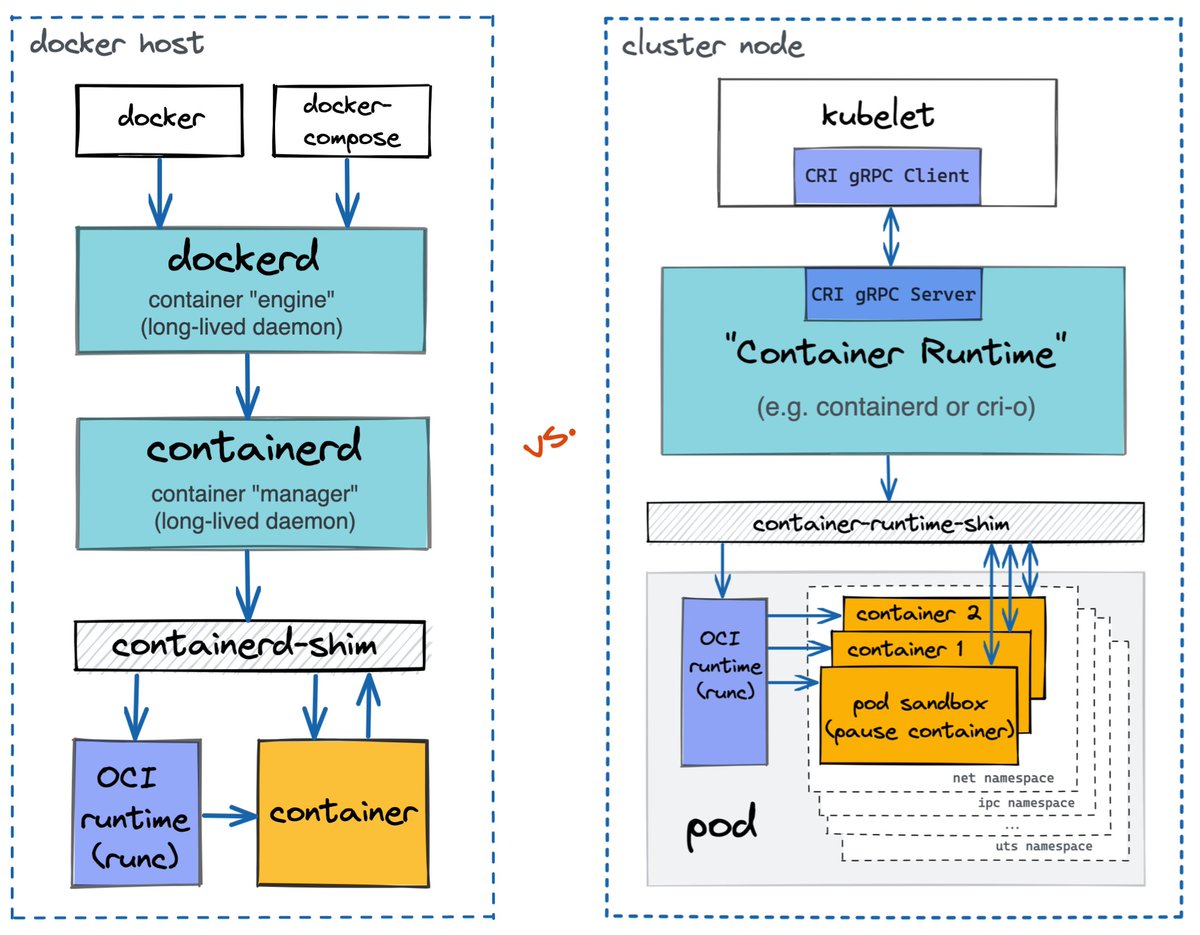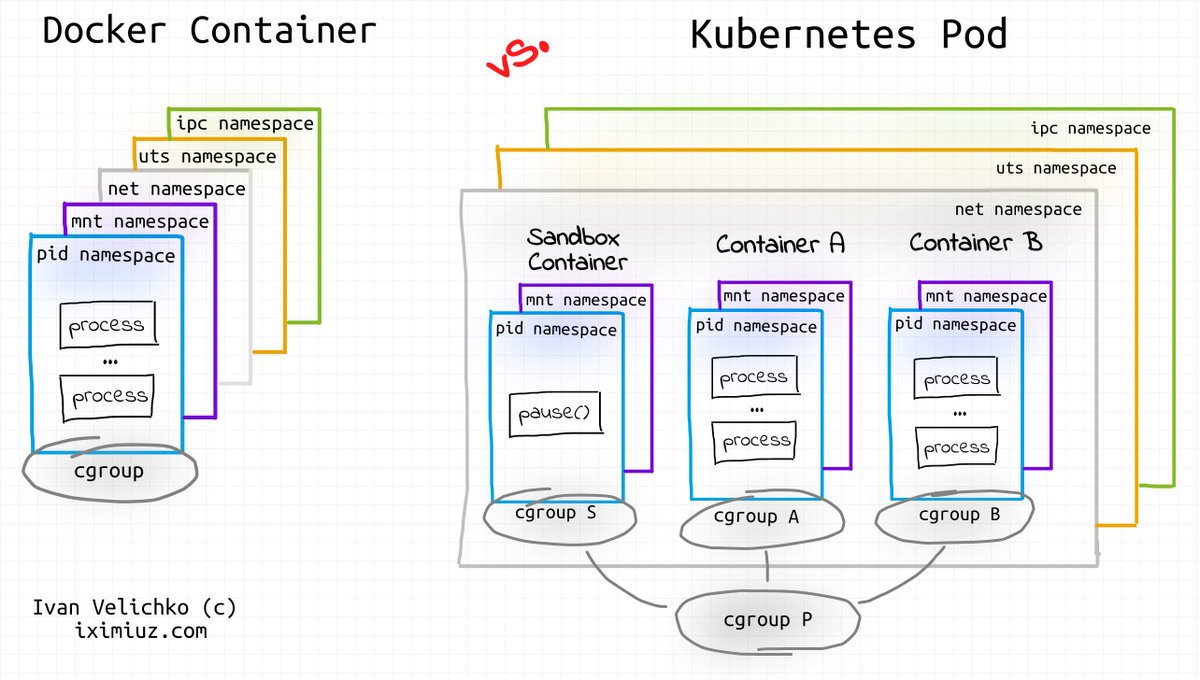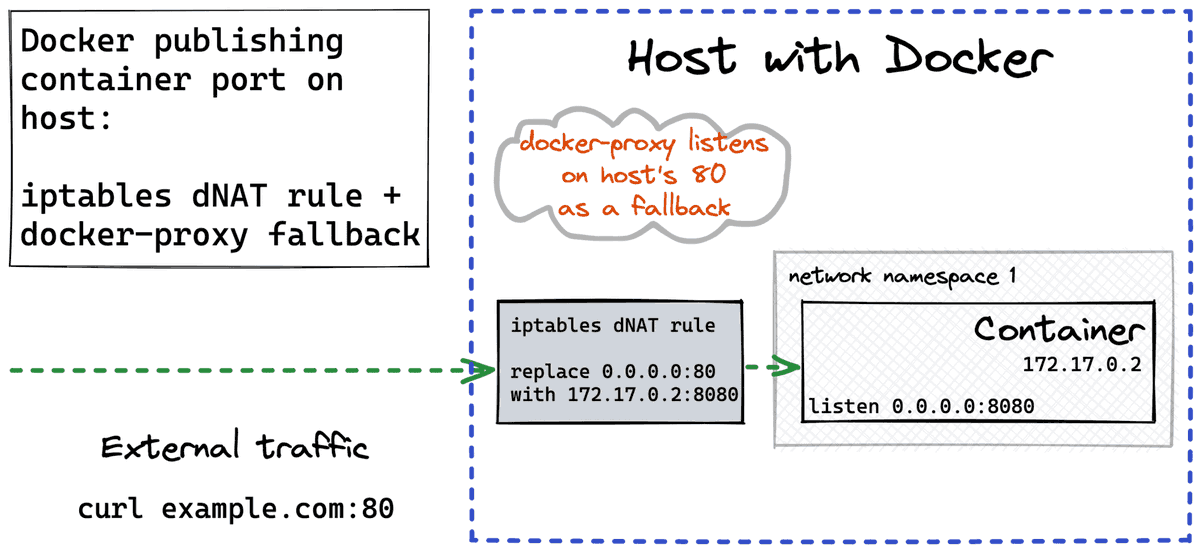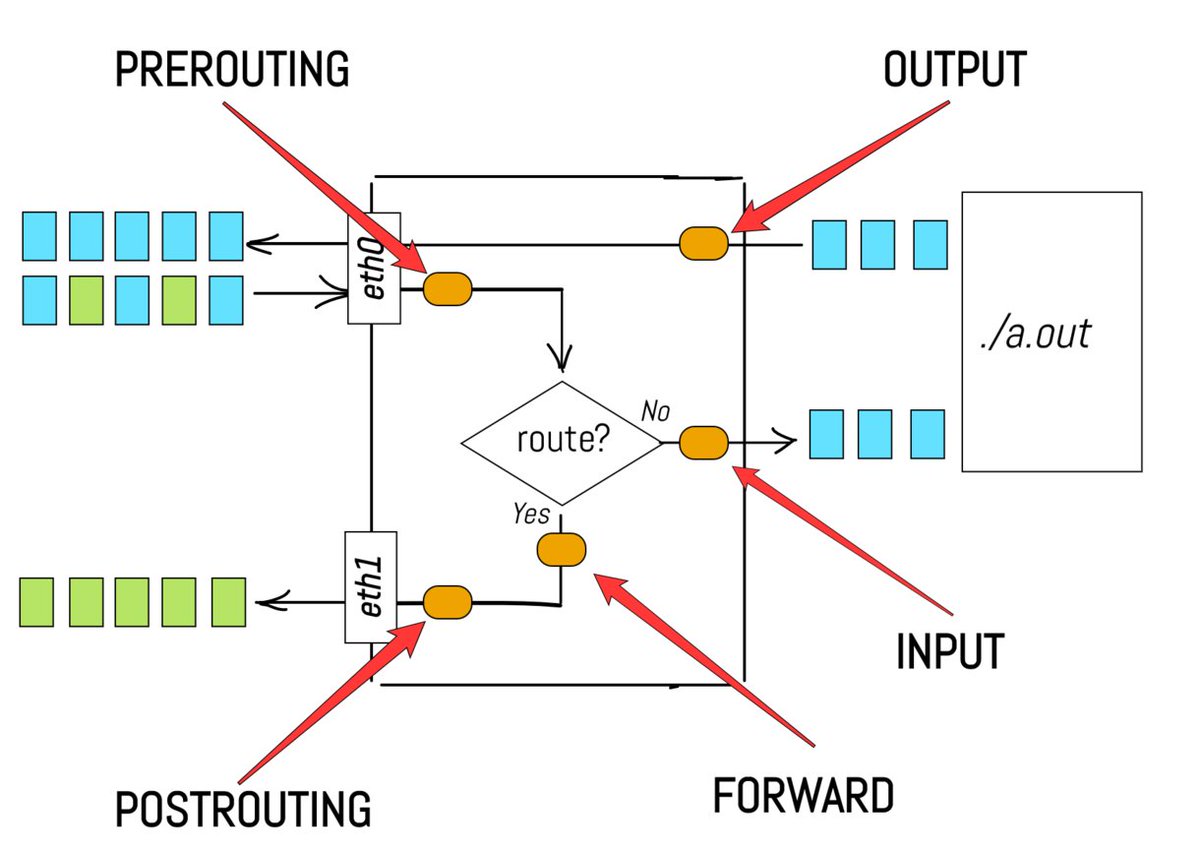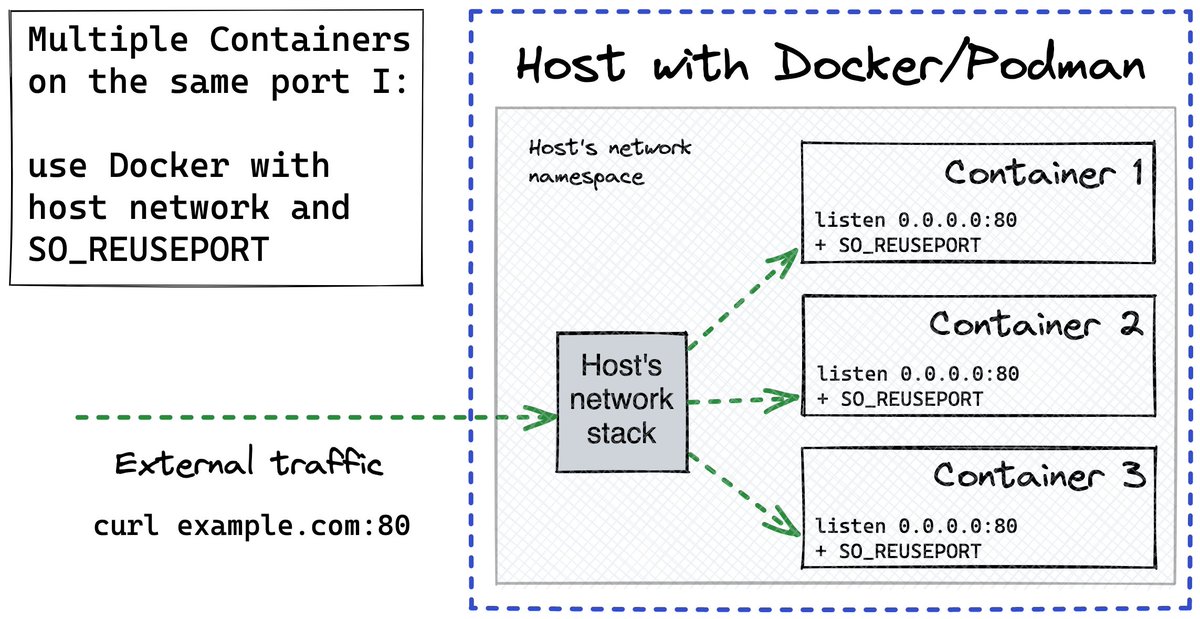
Kubernetes UI/GUI/CLI projects
Gathered a list of (mostly open-source) projects offering Kubernetes UX enhancements.
Starting from the well-known solutions and down to projects mounting the Kubernetes API as a FUSE filesystem 🔽
Gathered a list of (mostly open-source) projects offering Kubernetes UX enhancements.
Starting from the well-known solutions and down to projects mounting the Kubernetes API as a FUSE filesystem 🔽
github .com/lensapp/lens
stats: TypeScript / 16.8k stars
descr: Lens - The way the world runs Kubernetes
stats: TypeScript / 16.8k stars
descr: Lens - The way the world runs Kubernetes
github .com/derailed/k9s
stats: Go / 14.6k stars
descr: Kubernetes CLI To Manage Your Clusters In Style!
stats: Go / 14.6k stars
descr: Kubernetes CLI To Manage Your Clusters In Style!
github .com/kubernetes/dashboard
stats: Go + TypeScript + HTML / 10.6k stars
descr: General-purpose web UI for Kubernetes clusters
stats: Go + TypeScript + HTML / 10.6k stars
descr: General-purpose web UI for Kubernetes clusters
github .com/vmware-tanzu/octant 👀
stats: Go + TypeScript / 5.6k stars
descr: Highly extensible platform for developers to better understand the complexity of Kubernetes clusters.
stats: Go + TypeScript / 5.6k stars
descr: Highly extensible platform for developers to better understand the complexity of Kubernetes clusters.
github .com/weaveworks/scope
stats: Go + JavaScript / 5.2k stars
descr: Monitoring, visualisation & management for Docker & Kubernetes
stats: Go + JavaScript / 5.2k stars
descr: Monitoring, visualisation & management for Docker & Kubernetes
github .com/kubernetes-sigs/kui
stats: TypeScript / 2.1k stars
descr: a hybrid command-line/UI development experience for cloud-native development
stats: TypeScript / 2.1k stars
descr: a hybrid command-line/UI development experience for cloud-native development
github .com/astefanutti/kubebox
stats: JavaScript / 1.9k stars
descr: Terminal and Web console for Kubernetes
stats: JavaScript / 1.9k stars
descr: Terminal and Web console for Kubernetes
github .com/databricks/click
stats: Rust / 1.3k stars
descr: The "Command Line Interactive Controller for Kubernetes"
stats: Rust / 1.3k stars
descr: The "Command Line Interactive Controller for Kubernetes"
github .com/kubevious/kubevious
stats: ??? / 1.1k stars
descr: Kubevious - application centric Kubernetes UI and continuous assurance provider
stats: ??? / 1.1k stars
descr: Kubevious - application centric Kubernetes UI and continuous assurance provider
github .com/skooner-k8s/skooner
stats: JavaScript / 873 stars
descr: Simple Kubernetes real-time dashboard and management.
stats: JavaScript / 873 stars
descr: Simple Kubernetes real-time dashboard and management.
github .com/ameerthehacker/kubelive
stats: JavaScript / 539 stars
descr: kubectl tool reinvented to be more reactive and interactive
stats: JavaScript / 539 stars
descr: kubectl tool reinvented to be more reactive and interactive
github .com/smpio/kubernator (archived)
stats: JavaScript / 482 stars
descr: Alternative Kubernetes UI
stats: JavaScript / 482 stars
descr: Alternative Kubernetes UI
github .com/opencredo/kubefuse 🔥
stats: Python / 245 stars
descr: Kubernetes as a FUSE Filesystem
stats: Python / 245 stars
descr: Kubernetes as a FUSE Filesystem
github .com/kubricksllc/Kubricks
stats: JavaScript / 132 stars
descr: Visualizer/troubleshooting tool for single Kubernetes clusters
stats: JavaScript / 132 stars
descr: Visualizer/troubleshooting tool for single Kubernetes clusters
codeberg .org/hjacobs/kube-web-view
stats: Python + HTML / 41 stars
descr: Kubernetes Web View to list and view all Kubernetes resources
stats: Python + HTML / 41 stars
descr: Kubernetes Web View to list and view all Kubernetes resources
codeberg .org/hjacobs/kube-ops-view
stats: Python + JavaScript / 21 stars
descr: Kubernetes Operational View - read-only system dashboard for multiple K8s clusters
stats: Python + JavaScript / 21 stars
descr: Kubernetes Operational View - read-only system dashboard for multiple K8s clusters
codeberg .org/hjacobs/kube-resource-report
stats: JavaScript + HTML + Python / 14 stars
descr: Report Kubernetes cluster and pod resource requests vs usage and generate static HTML
stats: JavaScript + HTML + Python / 14 stars
descr: Report Kubernetes cluster and pod resource requests vs usage and generate static HTML
kubernetic .com
stats: not an OSS project (I've no affiliation with it)
descr: The Kubernetes Desktop Client. Cluster management, simplified.
price: €34 per month or €60 one-time
stats: not an OSS project (I've no affiliation with it)
descr: The Kubernetes Desktop Client. Cluster management, simplified.
price: €34 per month or €60 one-time
github .com/jonmosco/kube-ps1
stats: shell 🔥🔥🔥 / 2.5k stars
descr: Kubernetes prompt info for bash and zsh
stats: shell 🔥🔥🔥 / 2.5k stars
descr: Kubernetes prompt info for bash and zsh
github .com/kinvolk/headlamp
stats: TypeScript / 743 stars
descr: An easy-to-use and extensible web UI for Kubernetes brought to you by Kinvolk.
stats: TypeScript / 743 stars
descr: An easy-to-use and extensible web UI for Kubernetes brought to you by Kinvolk.
github .com/relferreira/kubedev
stats: JavaScript + Go / 81 stars
descr: A simpler and more powerful Kubernetes Dashboard
stats: JavaScript + Go / 81 stars
descr: A simpler and more powerful Kubernetes Dashboard
portainer .io/solutions/kubernetes-ui
stats: not an OSS project (I've no affiliation with it)
descr: Take the YAML out of Kubernetes
stats: not an OSS project (I've no affiliation with it)
descr: Take the YAML out of Kubernetes
github .com/KubeHelper/kubehelper
stats: Java + CSS (?) / 145 stars
descr: KubeHelper - simplifies many daily Kubernetes cluster tasks through a web interface. Search, analysis, run commands, cron jobs, reports, filters, git synchronization and many more.
stats: Java + CSS (?) / 145 stars
descr: KubeHelper - simplifies many daily Kubernetes cluster tasks through a web interface. Search, analysis, run commands, cron jobs, reports, filters, git synchronization and many more.
• • •
Missing some Tweet in this thread? You can try to
force a refresh





